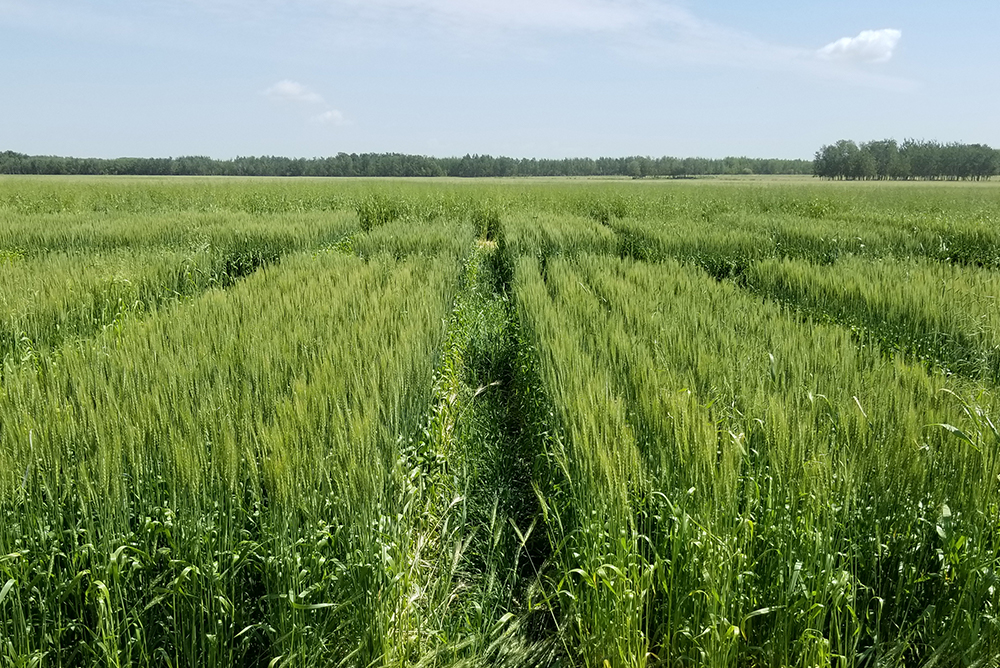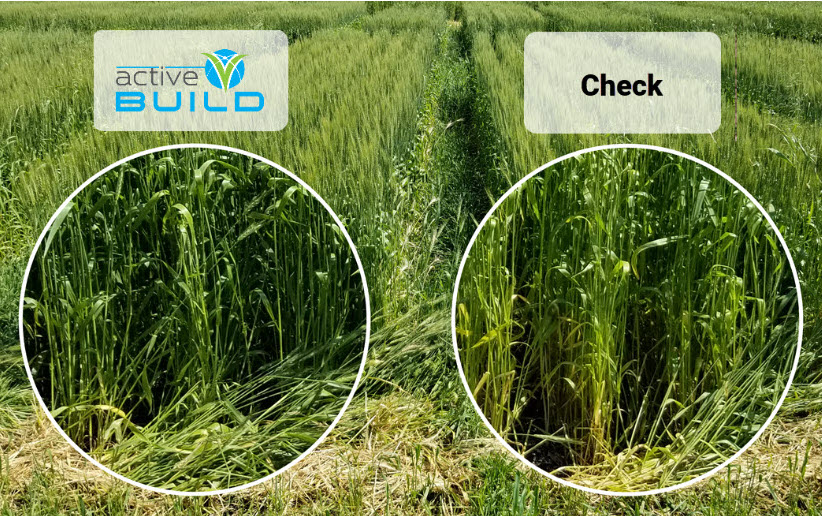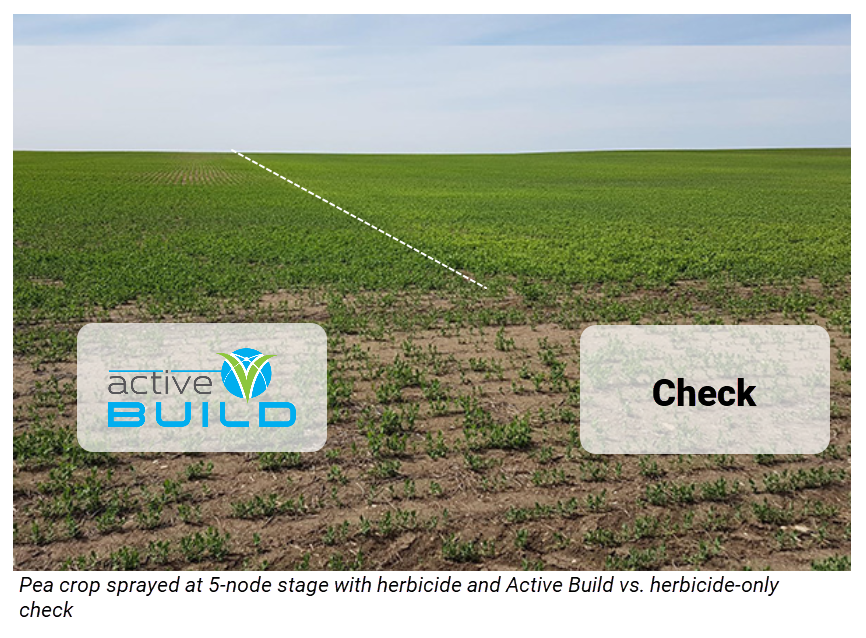
Countering Abiotic Stress – Including Herbicide Stress
In our last blog, based on a presentation by plant physiology specialist, Mike Dolinski we learned how a chain of tiny chemical reactions in plants can cause damage when abiotic stress occurs. At the same time, we revealed how plants can use their own chemical processes to counter the effects of stress.
Today, we look at how a Canadian sustainable molecular technology company, Active AgriScience, has harnessed plant science at the molecular level. We thought it would be interesting to examine how their strategic plant health technology, Active Build™, is both mimicking and halting plant processes to guard against stress due to drought, excessive moisture, heat, cold and even herbicide application.
4 Ways Science is Imitating Life
There are several examples of how this plant health technology works at the plant’s cellular level to ward off the effects of stress – mirroring and magnifying that plant’s own natural responses.
1. Providing the key nutrients plants need to manage stress
Plants can respond to stress by making physiological changes. This requires nutrients. Potassium, Sulphur, Iron, Manganese, Zinc and Copper are the key nutrients most agricultural crops require in stress conditions.
Of these, Potassium is particularly vital. It is critical for plant growth and metabolism (see herbicide stress below), enzyme activation, stomatal movement, anion/cation balance and more.
Active Build™ is rich in all of these nutrients, as well as boron and phosphorus. As a bonus, it provides Potassium in a form that is easy for the plant to absorb – and two forms of Phosphorus – ensuring ready availability.
2. Reducing transpiration, so harmful toxins don’t build up
We learned that one of the plant’s primary defences against stress is to close the stomata (openings in the leaf that allow carbon dioxide to enter and oxygen to exit). If the stomata are closed for extended periods, oxygen radicals can build up and harm the plant.
Active Build™ helps plants produce antioxidants to break down the oxygen radicals. It also helps increase xylem pressure and elasticity. In drought situations, Active Build™ supports the regulation of the stomata to prevent water loss.

3. Stimulating root growth and secretion of root exudates
A strong, healthy root system is one of the best defences against stress. It allows the plants to access the soilborne nutrients required to help the plant’s defences function. In the event of drought, a more robust root network will help the plant find the scarce water in the soil.
Interestingly, the nutrients in Active Build™ not only stimulate root development: they simultaneously increase the secretion of root exudates into the rhizosphere – supporting rhizosphere microbial complexes and expanding the plant’s ability to find nutrients and moisture.

4. Countering the effects of herbicide stress
One thing that most of us do not realize is that herbicide applications will always cause stress to the non-target plant. As a result, even the safest selective products can set the plant back.
Whenever a plant comes into contact with herbicide, it needs to expend energy and resources (nutrients) to metabolize and safely break down the chemistries. This can take several days. If all plant energy is directed into breaking down the herbicide, that leaves no energy to build root exudates, elongate roots, grow new root hairs and ultimately find more precious soil nutrients in the rhizosphere. Even a single day lost at this critical period of a young plant’s life is like losing 1% of yield on the back end. If you add another abiotic stress point into the equation at this stage (like dry soils, cool conditions or saturated fields) the stress is compounded. When this occurs, the plant may show signs of visual damage.
Active Build™ minimizes the effects of herbicide stress while speeding up the metabolism process. Its high concentrations of N-P-K, Mn, Z and B replenish nutrients required to metabolize the herbicide. This allows the plant to keep elongating roots, adding root hairs and producing more exudates. As a result, the plant’s ability to find the precious soil nutrients that are vital to its health continues uninterrupted. Seven years of third-party research on Active Build has proven this means more economic yield at harvest.
Watch this informative video from Taurus President, Craig Davidson, to learn more about how Active Build™ mitigates herbicide and abiotic stress in crops. [Watch Here]
We Have Much to Learn from Plants
Abiotic stress is one of the main limiting factors that stand in the way of our ability to increase global food production required to meet the demands of a growing population.
By looking under the microscope to observe how plants respond to adverse conditions, plant scientists (including the team at Active AgriScience) are finding new ways to counter the effects of abiotic stress to maximize production. All while reducing stress on growers in the process!

